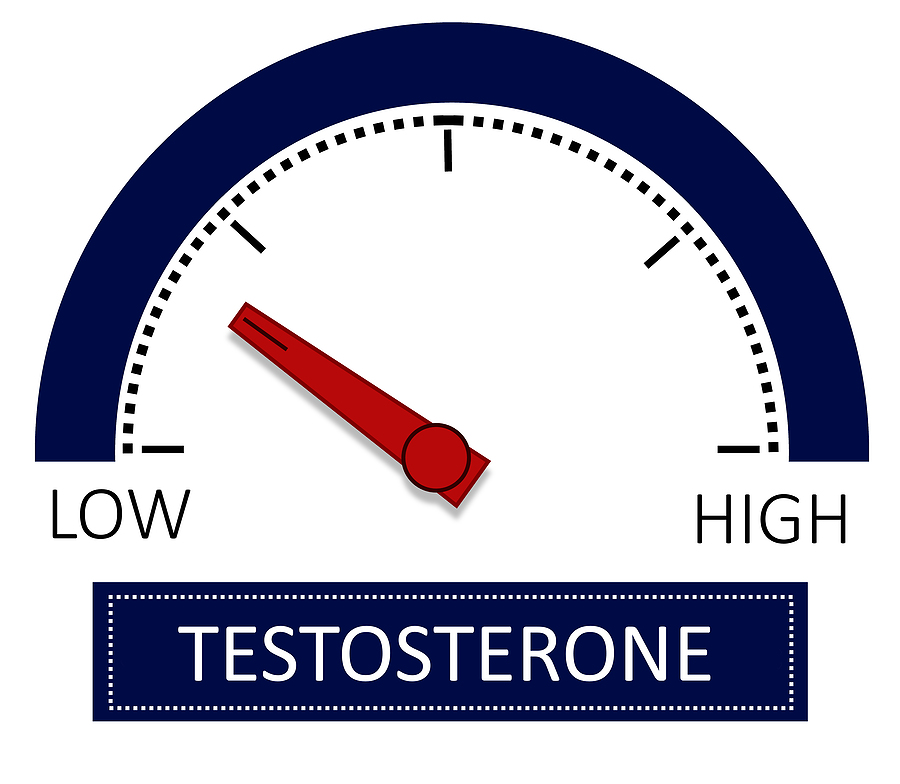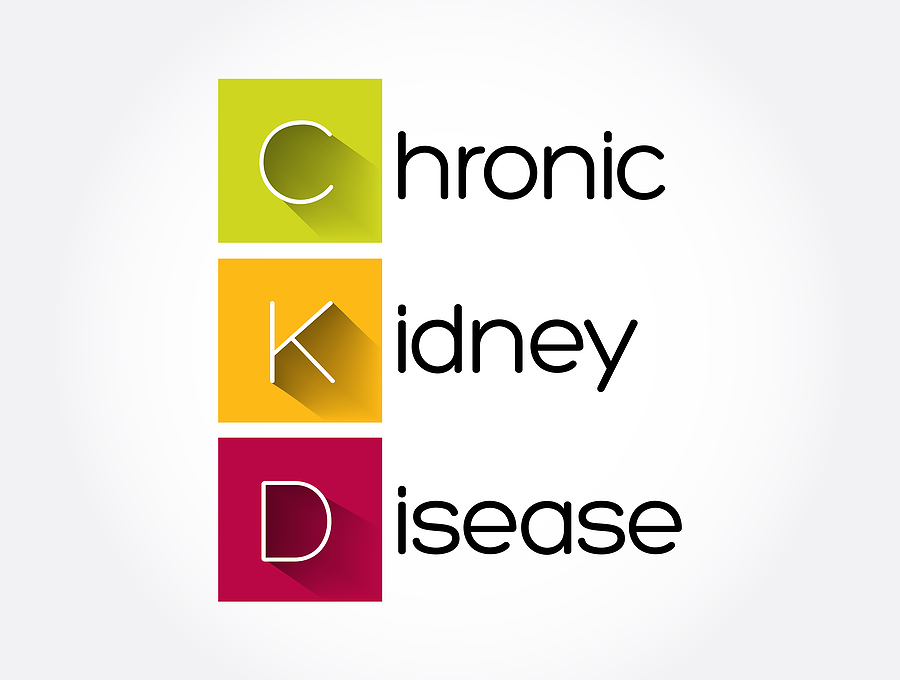CACI for Low Testosterone – Testosterone supplementation has been on the rise and in the news during recent years [1]. Some of that rise followed the discovery that doctors had probably overestimated certain associated risks like prostate cancer and cardiovascular disease [2,3]. However, the number of testosterone prescriptions have outpaced the number of men with true “Low-T” by a wide margin [4].
Men with symptoms of “Low-T” or – more formally – hypogonadism, seek care for obvious reasons. Many symptoms like fatigue, mood changes, concentration issues, erectile dysfunction, and reduced muscle mass, to name just a few, can be very distressing. For those with true hypogonadism, correcting testosterone levels within normal laboratory reference ranges can be life changing.
Aviation Safety and Low-T
Several of the symptoms in the last paragraph pose serious aviation safety risks. Why should the FAA care if pilots are treated for hypogonadism or not? The most likely reason is that it can be very difficult to determine which symptoms are caused by low testosterone levels and which symptoms might be due to something else.
Fatigue, mood changes, and concentration issues are also associated with many mental health conditions, sleep apnea, some cancers, and other chronic illnesses. Not only that, many other medical conditions actually cause testosterone levels to go down.
In other words, Low-T might cause symptoms that make it harder to fly safely and point to another even more dangerous condition. Pituitary tumors, chronic opioid use, diabetes, and serious illness in general all fall into that category [5,6].
While generally safe, prescribing physicians also need to monitor testosterone levels closely to make sure treatment remains effective and does not cause any adverse side effects or medical complications.
FAA Policy on Hypogonadism
Regardless of associated symptoms, potential side effects of treatment, or underlying diagnoses, the FAA formally recognized the widespread use of testosterone supplementation and acceptable safety profile by designating it a Condition AMEs Can Issue (CACI).
As with other CACI conditions, the fact that an AME can issue your certificate does not mean they must. You still have homework to do before you schedule your medical certification exam. Specifically, you need to schedule an appointment with your treating doctor no more than 90-days before your AME appointment and get the note associated with that visit documenting your care.
With that accomplished, your AME has a few options. For pilots with very well-controlled symptoms who use only topical treatment, they technically do not need to review the note from your treating doctor. We still recommend that you get one to provide a margin of safety, but you can choose to forego that step.
On the other end of the spectrum, pilots with a history of significant cardiovascular disease, blood clots, or prostate cancer and those who required treatment with phlebotomy (giving blood) can expect AMEs to defer their applications so the FAA can review them more closely.
The majority of pilots fall between those two extremes and can use the FAA’s CACI program to qualify for a medical certificate.
CACI Criteria for Low-T/Hypogonadism
As with ALL CACI conditions, you must show your AME a note from your doctor. I cannot emphasize that point enough. The note needs to be for a visit with your treating physician no more than 90-days before your AME appointment and it must address certain key elements of your care.
In order to be of use to you, your doctor’s note must document the following:
- Whether or not your condition is stable
- Whether or not he/she anticipates any changes in your care
- Whether or not you experience any medication side effects (mild skin irritation and acne are acceptable). Note: if you use clomiphene, your doctor must specifically comment on the present or absence of visual side effects
- If your hypogonadism has ever been treated with phlebotomy
- Whether or not you have a history of cardiovascular disease, blood clots, or prostate cancer
- The results of recent Complete Blood Count also conducted within 90-days of your AME appointment
- What medication(s) you use to treat your condition. Acceptable medications include anastrozole, Human Chorionic Gonadotropin (HCG), Testopel, oral and injectable forms of testosterone, and clomiphene
If your doctor addresses each one of those bullet points and your CBC results show that your hematocrit is less than 55%, your AME can issue your certificate on the day of your appointment without any further review by the FAA.
Doing your Homework
Many pilots experience delays in their medical certification not because they do not qualify, but because they did not prepare seriously. Do not save questions about your FAA medical certification for the day of your certification exam.
Once you provide your MedXPress confirmation number to an AME, they only have two weeks to submit your exam to the FAA. If that happens, it will likely take several months to get your certificate even if you qualify.
Do your research online, consult with an expert, schedule a discussion-only appointment with your AME, or do whatever you must to make sure that you know how your medical conditions and treatment will affect your certification before your exam. A few days of preparation might mean a few extra months or more of flying.
References
[1] M. S. Irwig et al., “Off-Label Use and Misuse of Testosterone, Growth Hormone, Thyroid Hormone, and Adrenal Supplements: Risks and Costs of a Growing Problem,” Endocr. Pract., vol. 26, no. 3, pp. 340–353, Mar. 2020, doi: 10.4158/PS-2019-0540.
[2] P. Boyle et al., “Endogenous and exogenous testosterone and the risk of prostate cancer and increased prostate-specific antigen (PSA) level: a meta-analysis,” BJU Int., vol. 118, no. 5, pp. 731–741, Nov. 2016, doi: 10.1111/bju.13417.
[3] M. M. Shores, N. L. Smith, C. W. Forsberg, B. D. Anawalt, and A. M. Matsumoto, “Testosterone treatment and mortality in men with low testosterone levels,” J. Clin. Endocrinol. Metab., vol. 97, no. 6, pp. 2050–2058, Jun. 2012, doi: 10.1210/jc.2011-2591.
[4] R. D. Malik, C. E. Wang, B. Lapin, J. C. Lakeman, and B. T. Helfand, “Characteristics of Men Undergoing Testosterone Replacement Therapy and Adherence to Follow-up Recommendations in Metropolitan Multicenter Health Care System.,” Urology, vol. 85, no. 6, pp. 1382–1388, Jun. 2015, doi: 10.1016/j.urology.2015.01.027.
[5] P. M. Finch, L. J. Roberts, L. Price, N. C. Hadlow, and P. T. Pullan, “Hypogonadism in patients treated with intrathecal morphine,” Clin. J. Pain, vol. 16, no. 3, pp. 251–254, Sep. 2000, doi: 10.1097/00002508-200009000-00011.
[6] D. I. Spratt, P. Cox, J. Orav, J. Moloney, and T. Bigos, “Reproductive axis suppression in acute illness is related to disease severity,” J. Clin. Endocrinol. Metab., vol. 76, no. 6, pp. 1548–1554, Jun. 1993, doi: 10.1210/jcem.76.6.8501163.





